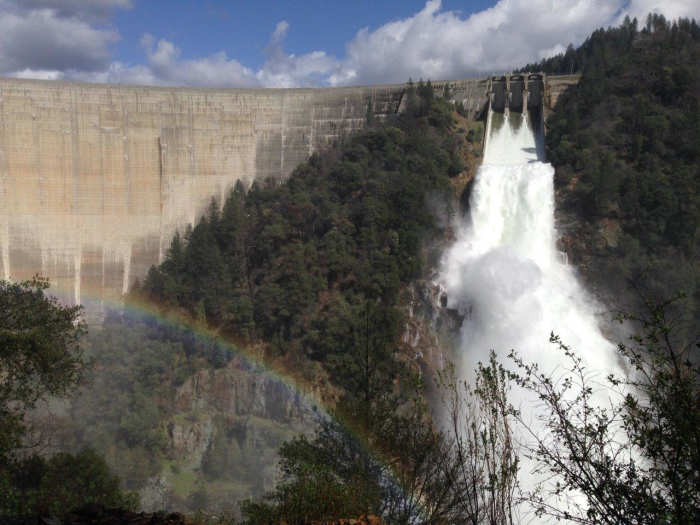




The Yuba County Water Agency (YCWA) was in need of upgrading an unserviceable supervisory, control, and data-acquisition (SCADA) system. The monitoring network consisted of two dams, two rivers, and several irrigation ditches and penstock tubes. Combinations of water levels, flow, and temperature are measured at these locations.
Geo-Watersheds Scientific (GWS) won the contract to design, install, and cut over the new system. GWS chose CSI hardware and software to do the job.
The flexibility to measure many sensor types, generate output signals, and interface to Wonderware software was required, and made Campbell Scientific products the best choice.
Wonderware is a Windows-based human-machine interface (HMI) industrial software. After the hardware upgrade, control of the system would be converted to Wonderware. Before the conversion to Wonderware, the system was controlled by Open System International (OSI).
Before and throughout the upgrade, YCWA operated an OSI hardware/software system to monitor and control the SCADA network. The OSI system used 24 0-5V signal inputs that represented 24 monitored parameters in the network.
The project proceeded in phases. First, the remote stations were proven to measure all the remote sensors. All the values measured in the field had to be gathered to the control room and voltages generated to be output to the OSI hardware/software.
The system consists of 16 hydrologic stations, 6 base stations accessed by IP connection, and 6 repeater stations. Each hydrologic station consisted of one or a few water-level or water-flow sensors. Two stations also monitor water temperature.
The 24 0-5V output signals are generated by 7 SDM-AO4s connected to the base (main) CR6 datalogger acting as a data accumulator. Data accumulation is handled by the CSI PakBus communication protocol using the CRBasic GetVariables instruction in the main CR6. It gathers 24 variables from 16 remote stations (CR800s). One instance of the instruction is used per remote station.
Once the entire network was confirmed to function, the cutover process commenced, followed by a successful 30-day final site-acceptance-test burn-in. After the network was running successfully, with over 99-percent data collection, the process to convert to Wonderware commenced.
Instead of the digital-to-analog conversion required by OSI, Wonderware uses DNP3 protocol to transfer data digitally over the Internet or intranet.
The upgrade has yielded multiple improvements:
- Data values are collected at more frequent time intervals.
- Nine new stations were added to the network.
- A larger variety of measurements are being made.
- Additional data tables are generated for multiple end users.
- A transition path from the analog signals of OSI to the digital values for Wonderware was enabled.
- Operators can easily make more measurements available for Wonderware.
- The dataloggers will convert water levels to discharge values by applying rating calibrations.
This hydro-SCADA network will have support for many years to come.